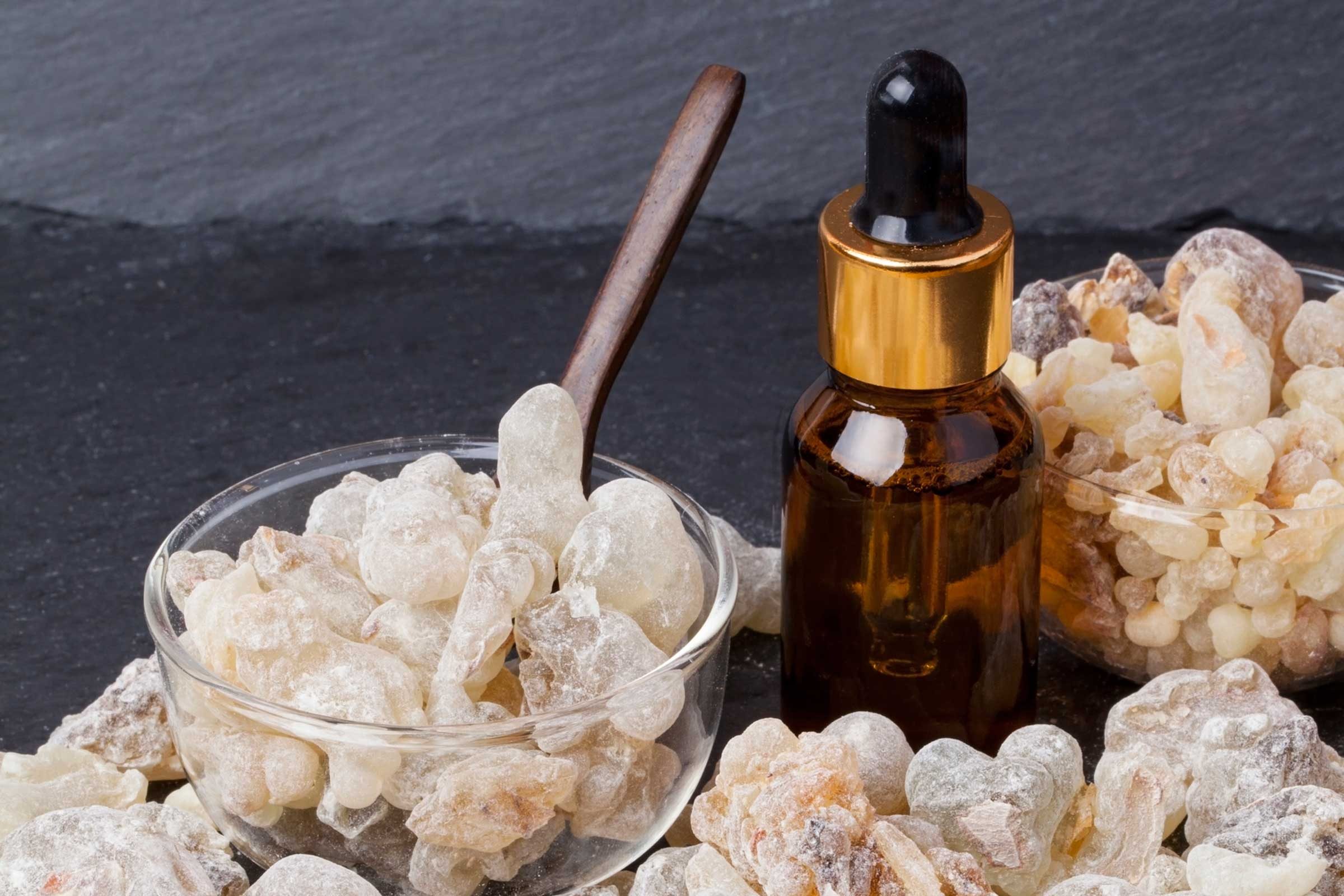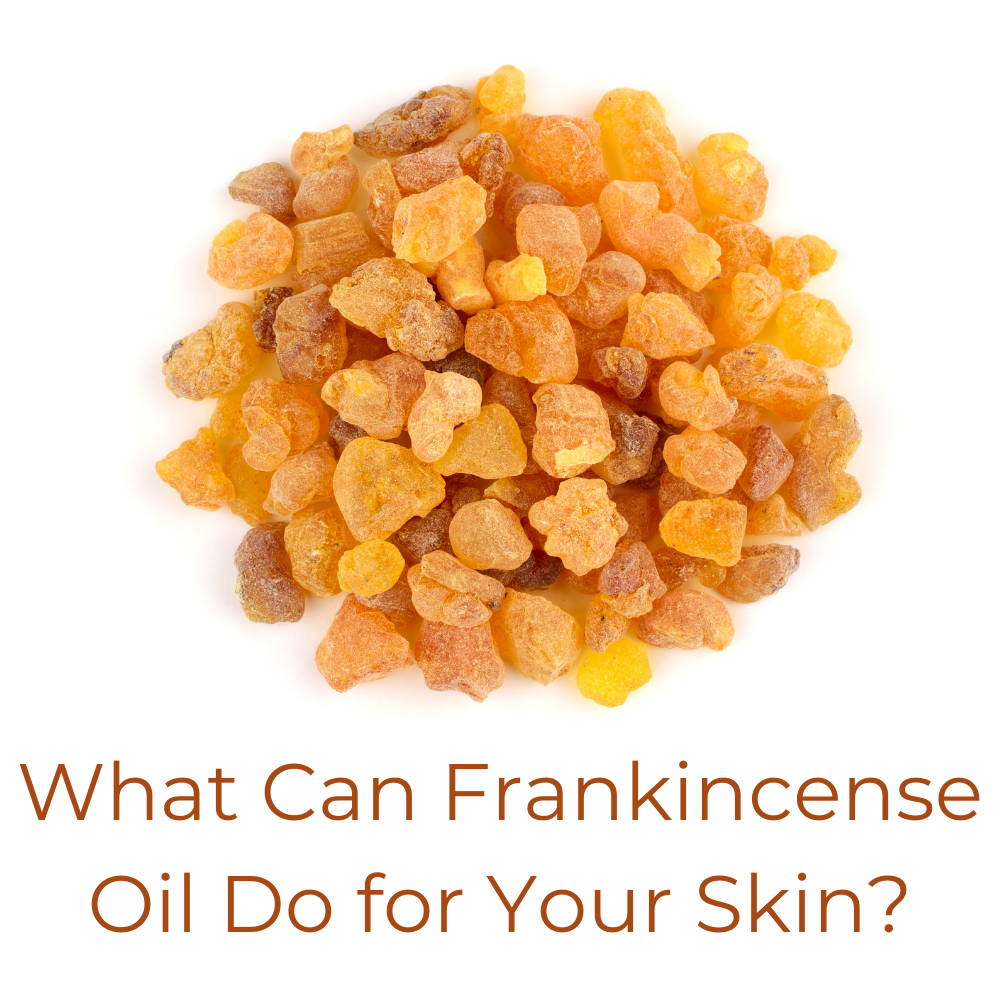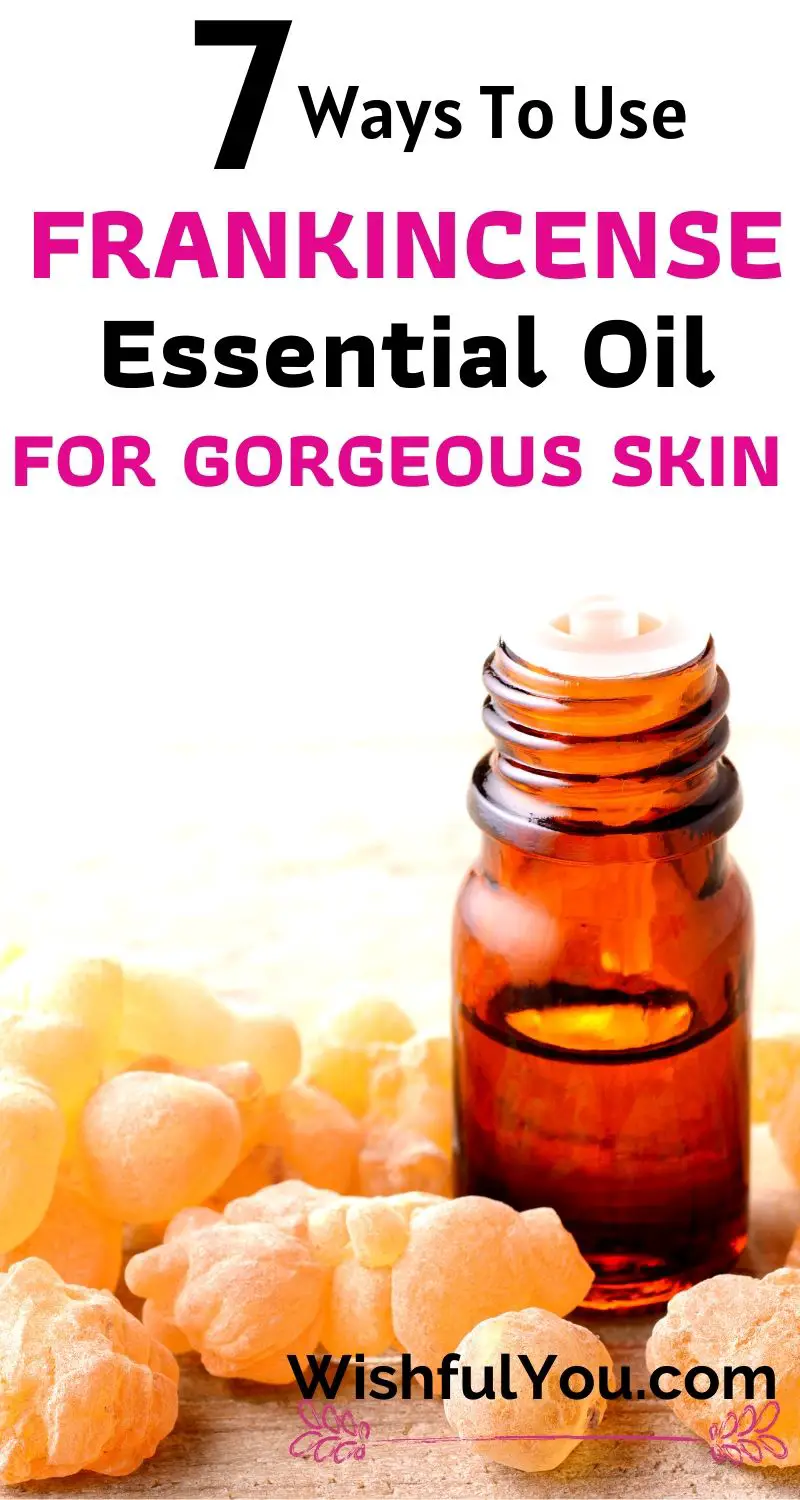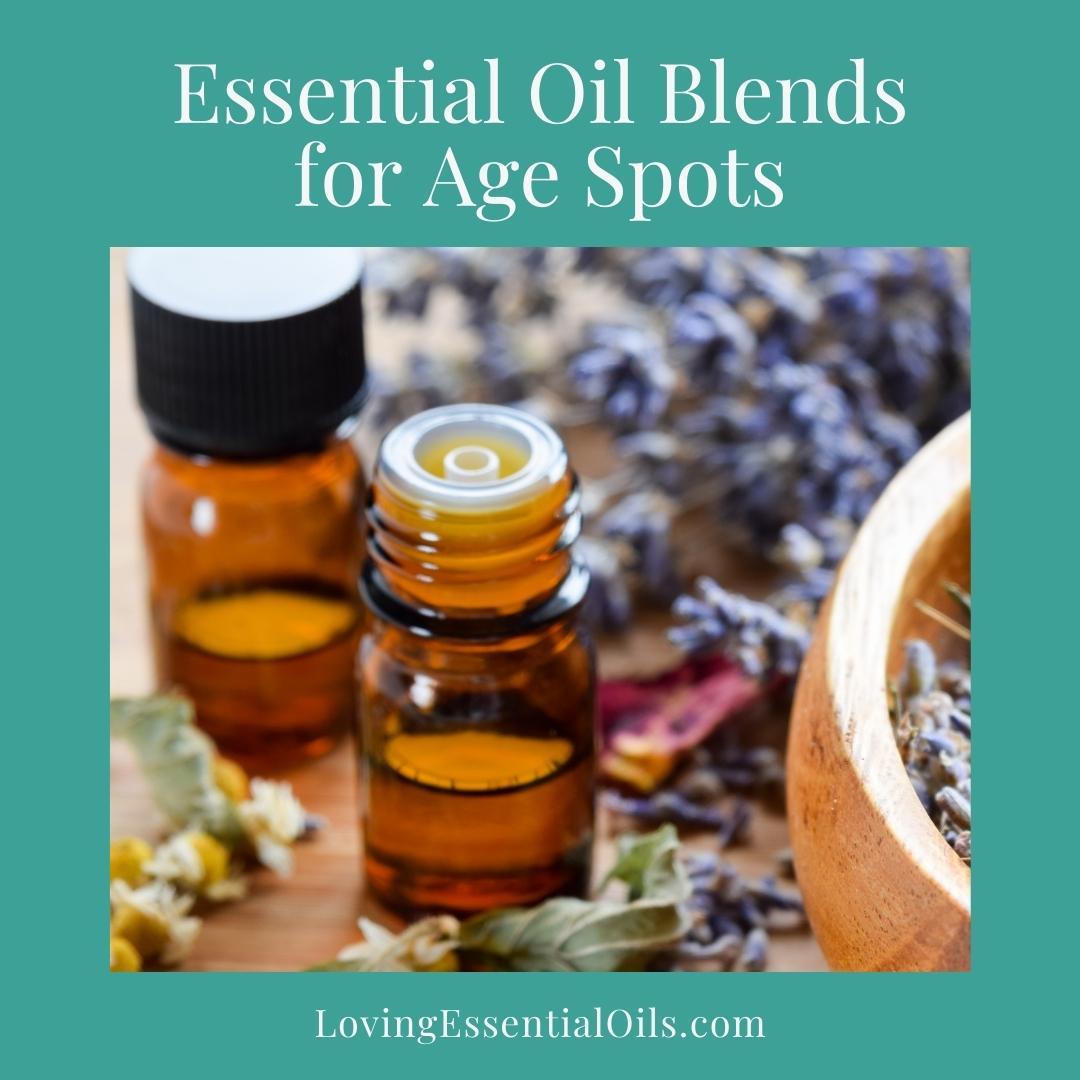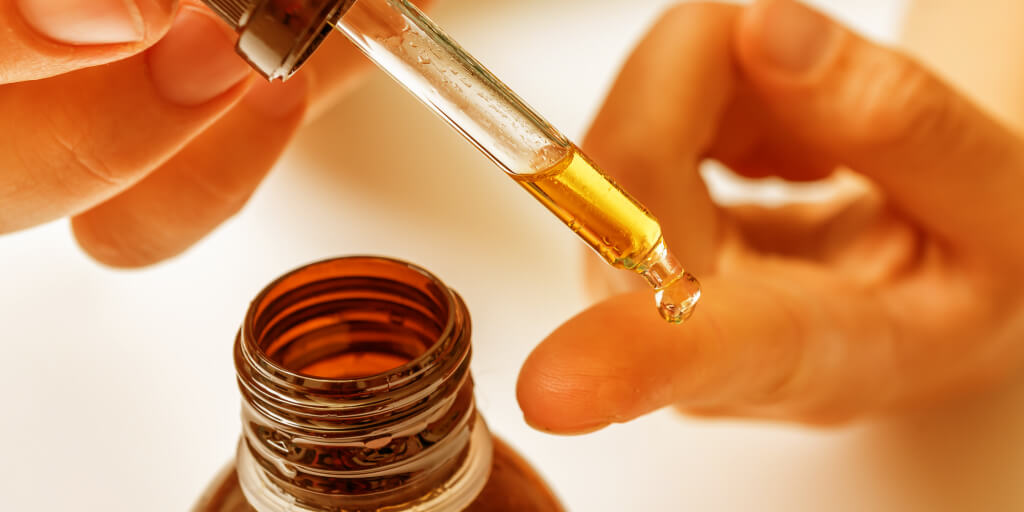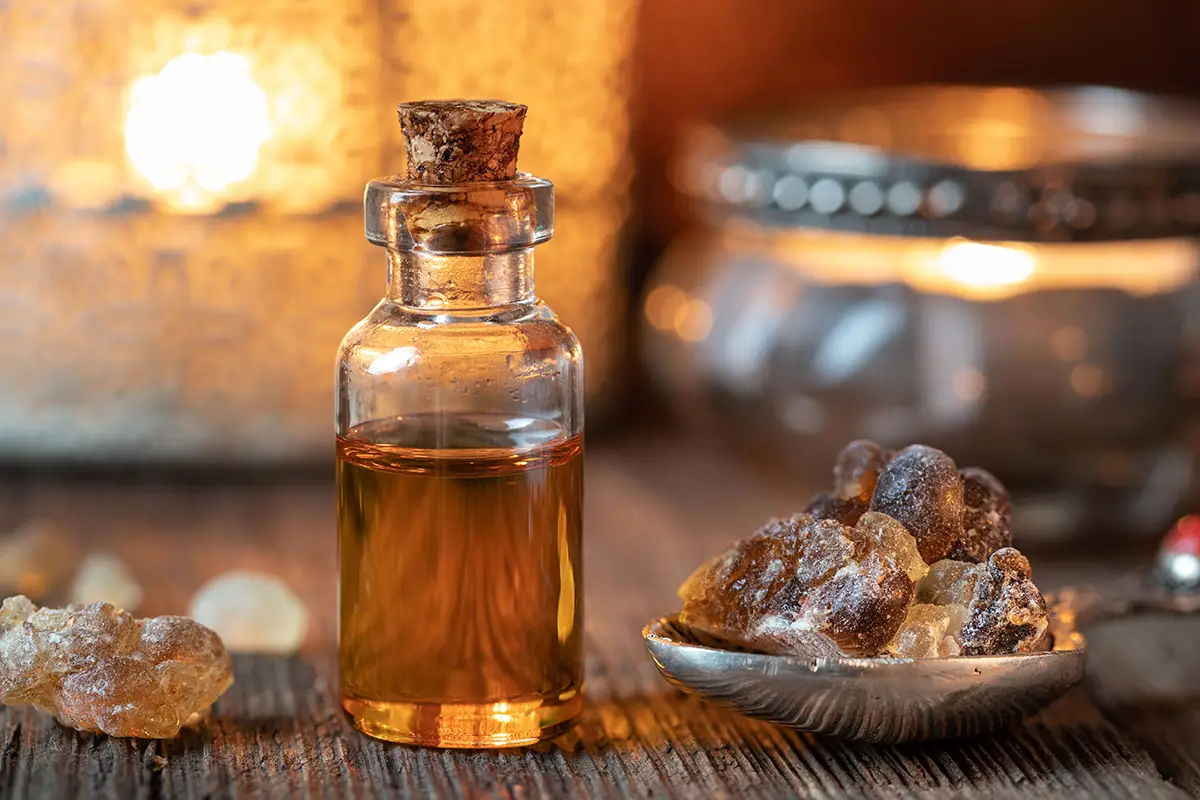Can You Put Frankincense Directly On Your Skin

The allure of frankincense, a fragrant resin revered for centuries, has extended beyond religious ceremonies and into the realm of skincare. With a surge in natural remedies and DIY beauty practices, many are asking: Can you apply frankincense directly to your skin? The answer, however, isn't as straightforward as one might hope, prompting a closer look at its properties and potential risks.
The crux of the matter lies in understanding frankincense's concentration, purity, and individual skin sensitivities. While anecdotal evidence abounds, the scientific consensus emphasizes caution. Direct application, especially of undiluted essential oil, can lead to adverse reactions like irritation, inflammation, and even allergic contact dermatitis. A thorough understanding of safe usage practices is paramount to harness its potential benefits without compromising skin health.
Frankincense: A Historical and Chemical Overview
Frankincense, derived from the Boswellia tree, boasts a rich history spanning millennia. Ancient civilizations prized it for its aromatic and medicinal properties, using it in religious rituals, perfumes, and traditional remedies. Its chemical composition is complex, featuring compounds like boswellic acids, monoterpenes, and sesquiterpenes, which are believed to contribute to its therapeutic effects.
The presence of boswellic acids, in particular, has garnered significant attention in scientific research. Studies suggest these compounds possess anti-inflammatory, antioxidant, and even anti-cancer properties. These findings have fueled interest in frankincense's potential applications in various health and wellness domains, including skincare.
The Risks of Undiluted Application
Applying undiluted frankincense essential oil directly to the skin carries inherent risks. Essential oils, by their very nature, are highly concentrated and potent. This concentration can overwhelm the skin's natural barrier, leading to irritation, redness, and a burning sensation, especially in individuals with sensitive skin.
Dr. Anya Sharma, a board-certified dermatologist, cautions against the practice. "Undiluted essential oils can disrupt the skin's microbiome and trigger an inflammatory response," she explains. "Repeated exposure can even lead to allergic sensitization, resulting in a more severe reaction upon subsequent use."
Potential Adverse Reactions
The potential adverse reactions to undiluted frankincense oil are varied. Some individuals may experience immediate irritation, characterized by redness, itching, and a stinging sensation. Others may develop allergic contact dermatitis, a delayed hypersensitivity reaction that manifests as a rash, blisters, and intense itching.
Furthermore, certain components of frankincense oil can be phototoxic, meaning they increase the skin's sensitivity to sunlight. Applying undiluted oil followed by sun exposure can lead to severe sunburns and hyperpigmentation. It is advisable to avoid direct sunlight after applying frankincense on your skin.
Safe Usage Practices: Dilution is Key
To mitigate the risks associated with frankincense, dilution is paramount. Essential oils should always be diluted in a carrier oil, such as jojoba oil, almond oil, or coconut oil, before being applied to the skin. A general guideline is to use a dilution ratio of 1-3% essential oil in the carrier oil.
For instance, a 1% dilution would involve adding 5-6 drops of frankincense essential oil to one ounce of carrier oil. It is always recommended to conduct a patch test on a small area of skin before applying the diluted oil more broadly. This helps to assess individual sensitivity and prevent widespread adverse reactions.
Recommended Dilution Ratios
Experts recommend different dilution ratios depending on the intended use and the individual's skin sensitivity. For facial applications, a lower dilution of 0.5-1% is typically advised. For body applications, a slightly higher dilution of 1-3% may be appropriate. Individuals with sensitive skin should always err on the side of caution and use the lowest possible dilution.
Pregnant or breastfeeding women should consult with a healthcare professional before using frankincense essential oil. Certain essential oils are contraindicated during pregnancy due to their potential effects on fetal development. The National Association for Holistic Aromatherapy (NAHA) provides guidelines on safe essential oil use during pregnancy and lactation.
Frankincense in Formulated Skincare Products
An alternative to DIY application is to use skincare products that already contain frankincense. Many creams, serums, and lotions incorporate frankincense extract or oil as an ingredient. These products are typically formulated to ensure safe and effective concentrations of frankincense, minimizing the risk of adverse reactions.
However, it is still important to read the ingredient list carefully and choose products from reputable brands. Look for products that list the concentration of frankincense extract or oil, and avoid products that contain potential irritants or allergens. If you have sensitive skin, it is advisable to patch test any new skincare product before applying it to your entire face or body.
The Future of Frankincense in Skincare
Research into the potential benefits of frankincense in skincare continues to evolve. Ongoing studies are investigating its effects on inflammation, collagen production, and wound healing. As scientific understanding deepens, we may see the development of more sophisticated and targeted frankincense-based skincare products.
However, even with advancements in research and formulation, the importance of safe usage practices cannot be overstated. Dilution, patch testing, and informed decision-making remain crucial for harnessing the potential benefits of frankincense while minimizing the risks. The information provided in this article is for general knowledge and informational purposes only, and does not constitute medical advice. It is essential to consult with a qualified healthcare professional for any health concerns or before making any decisions related to your health or treatment.
